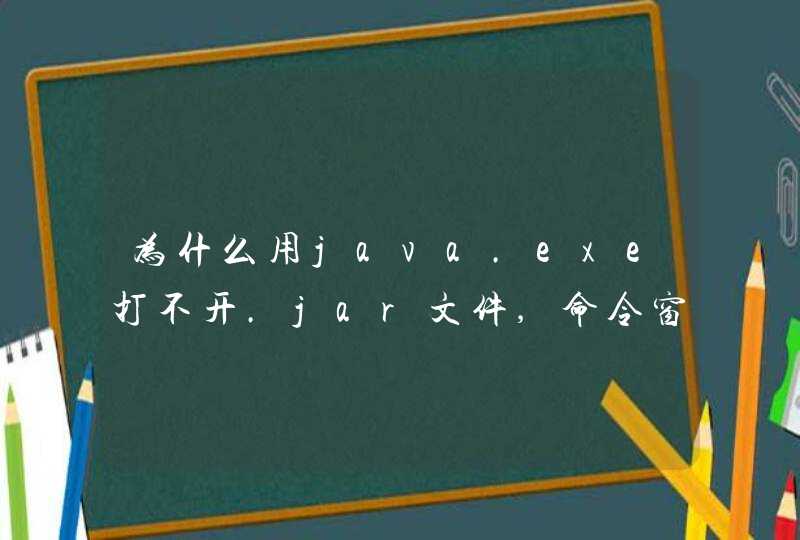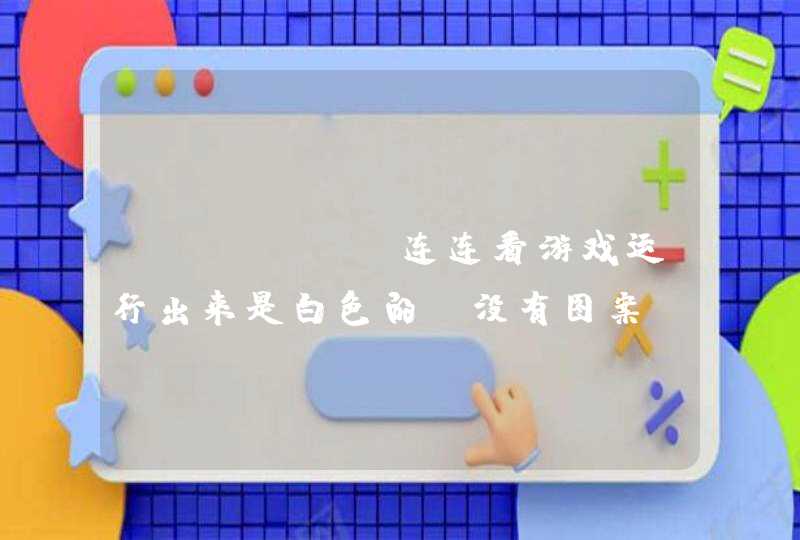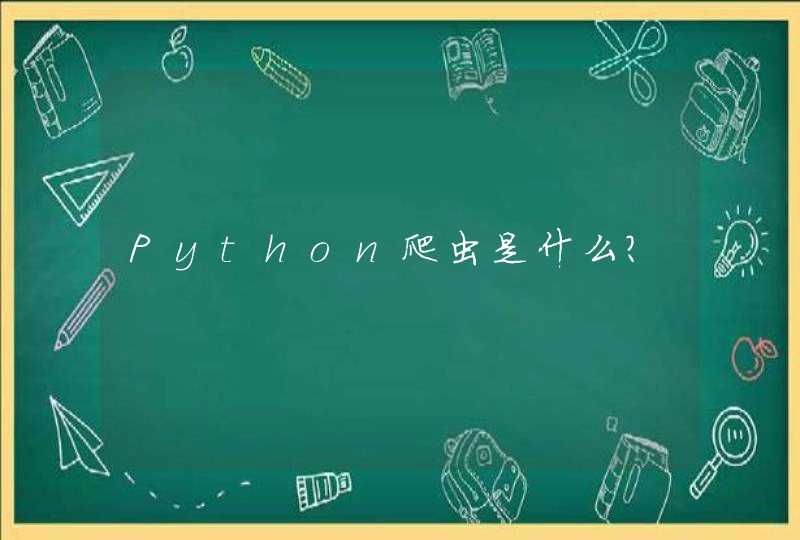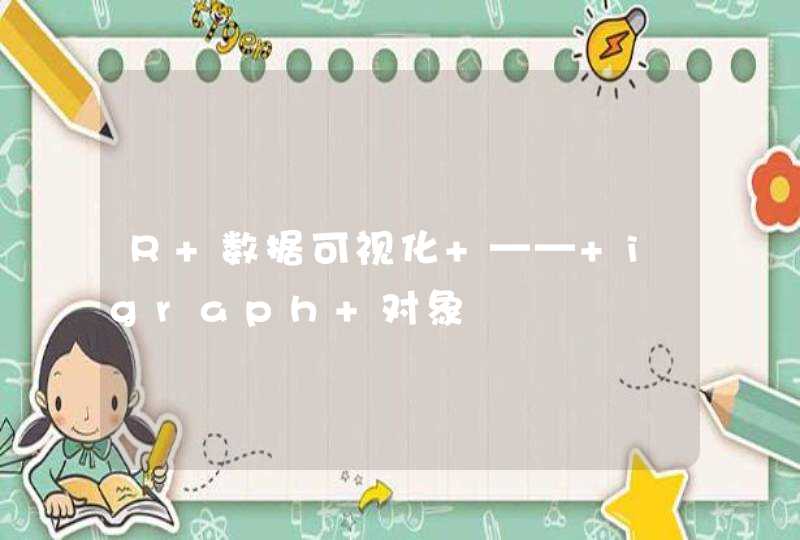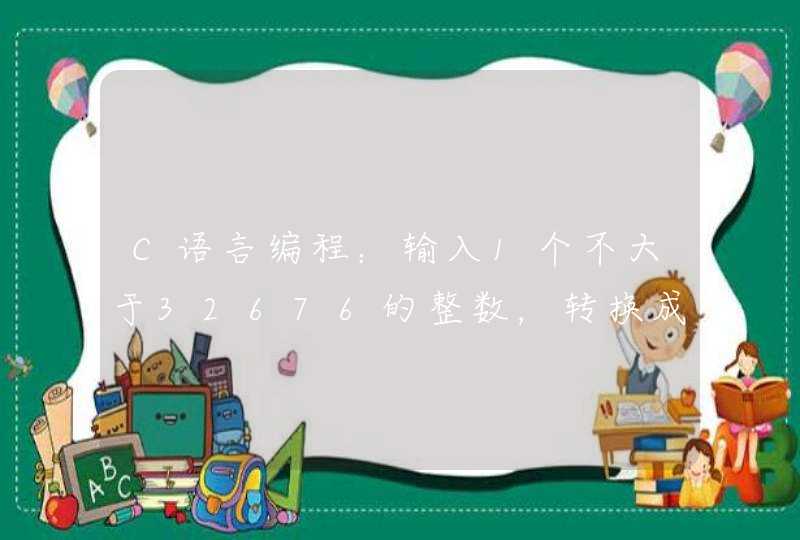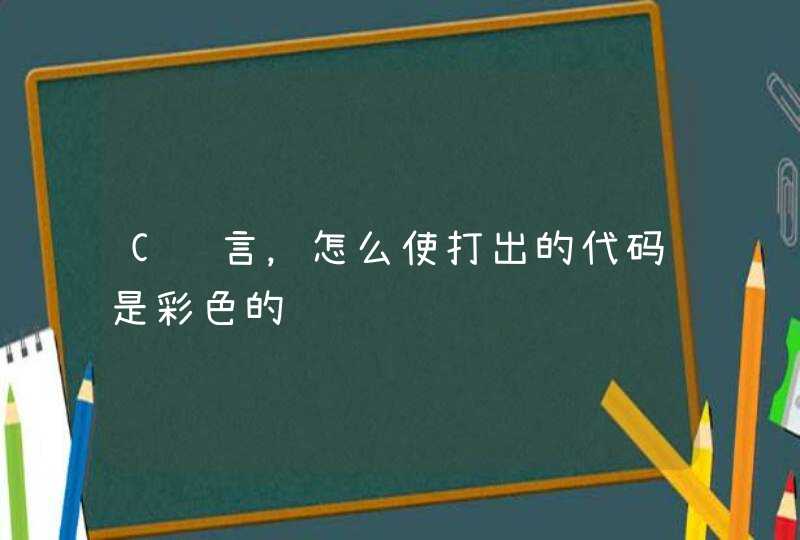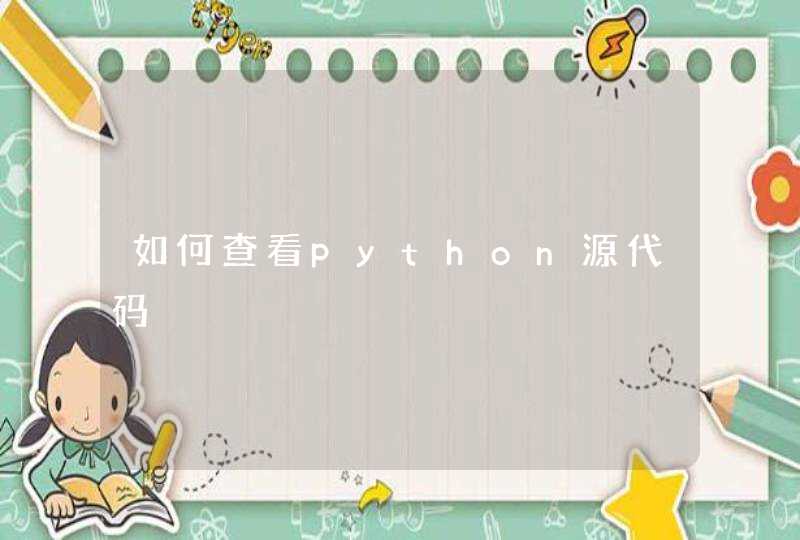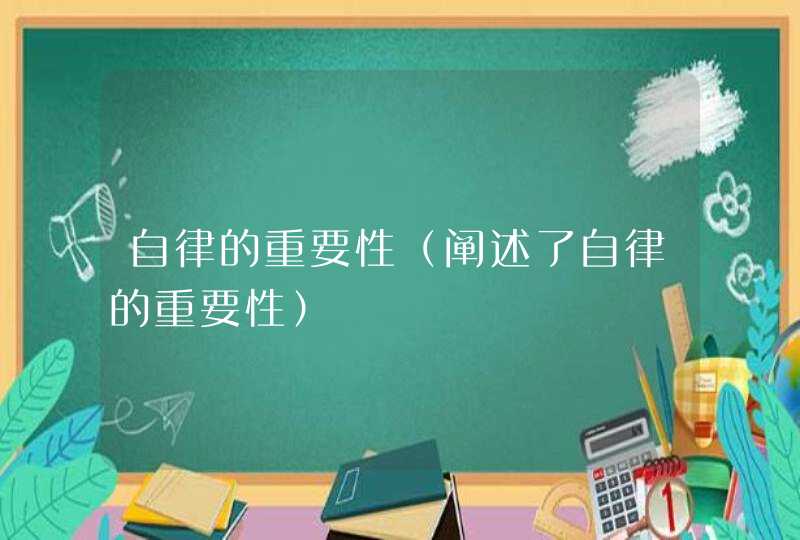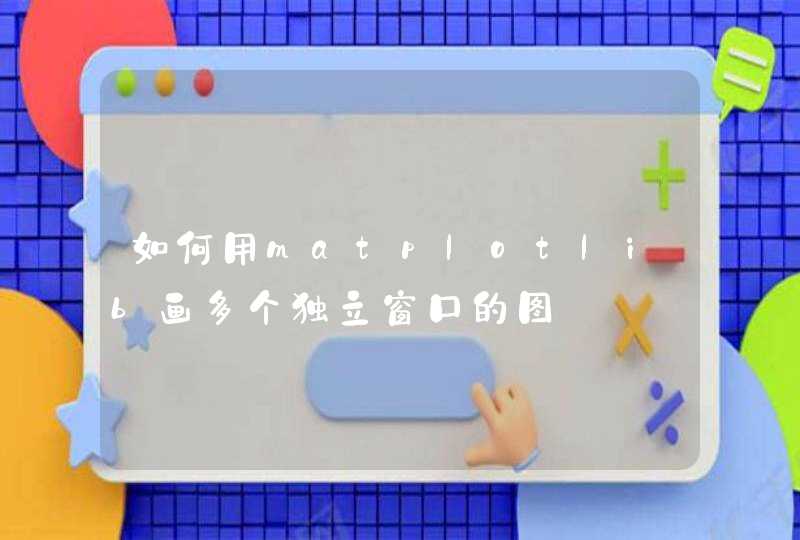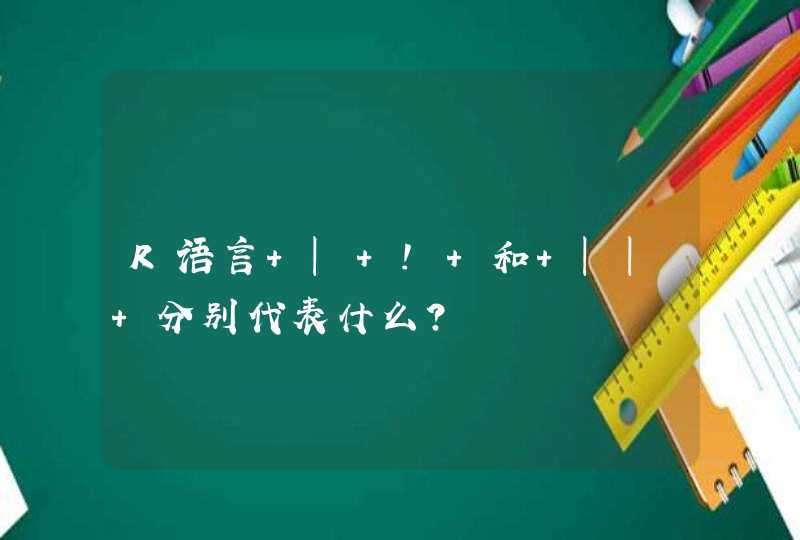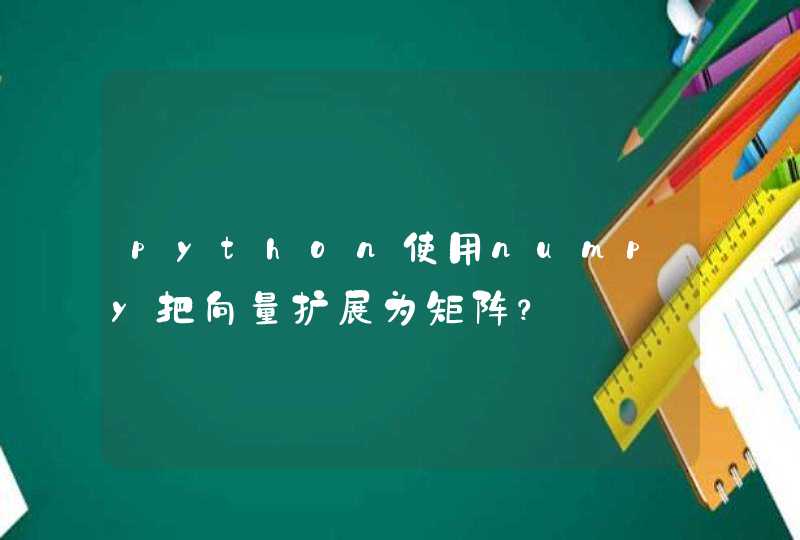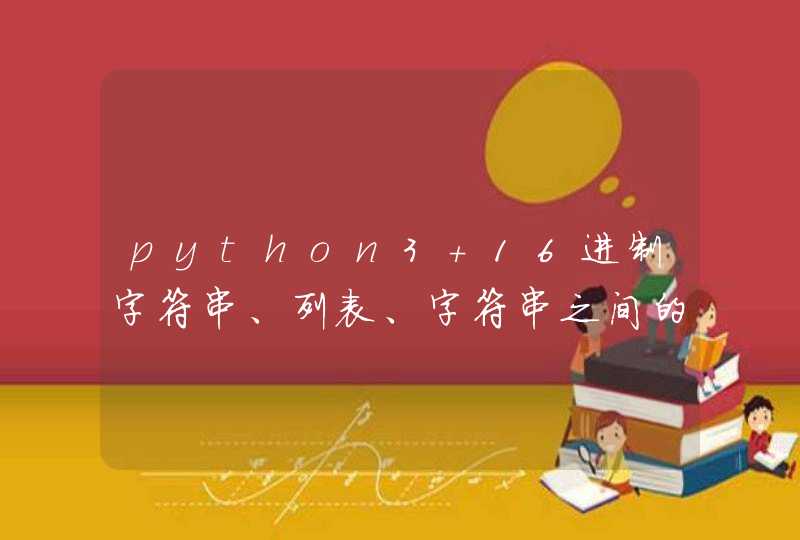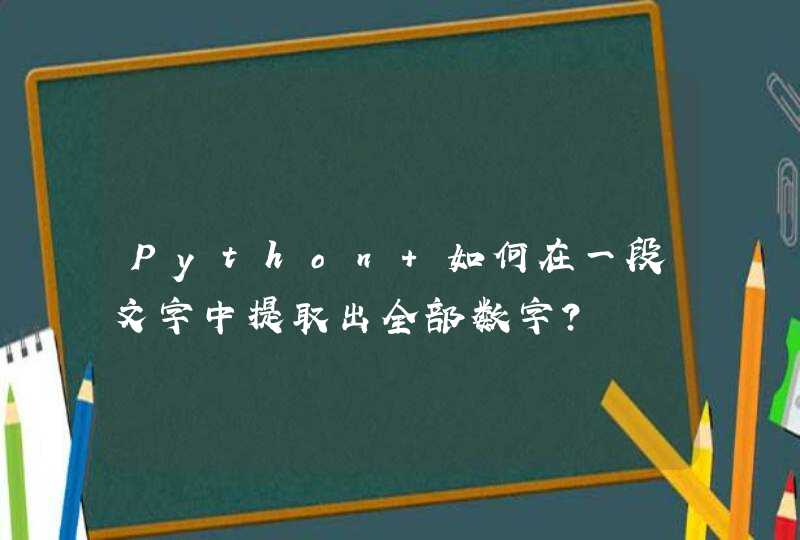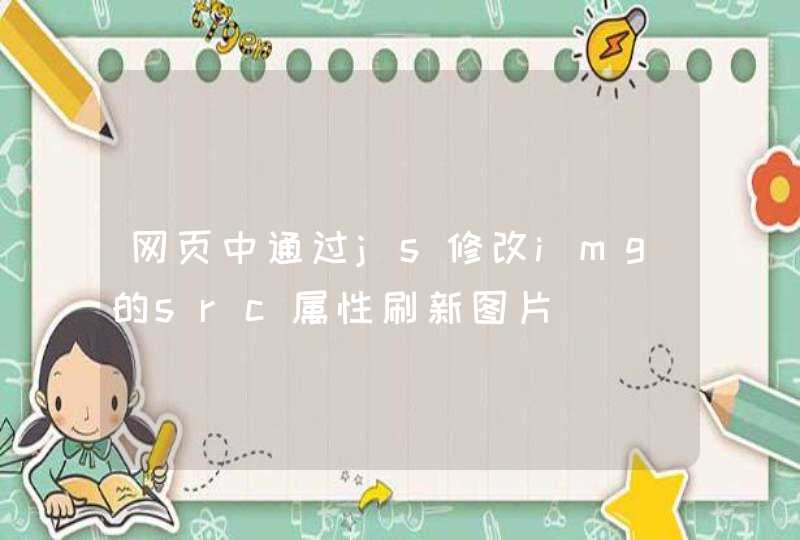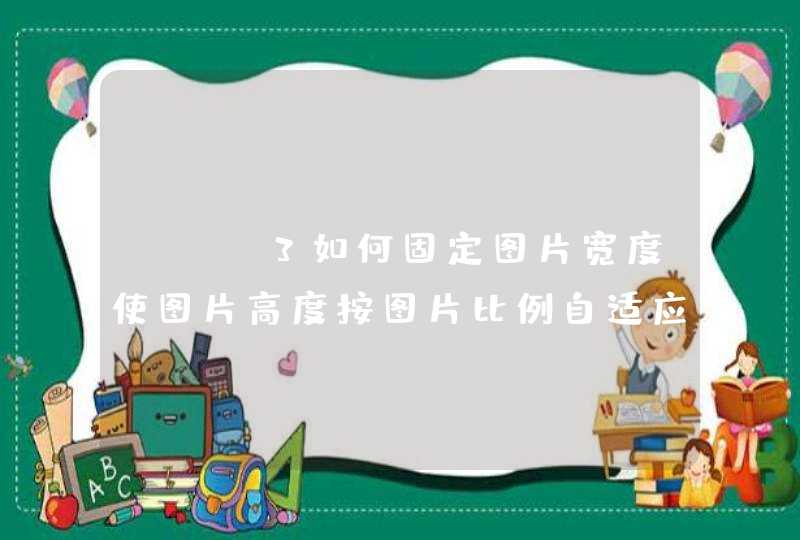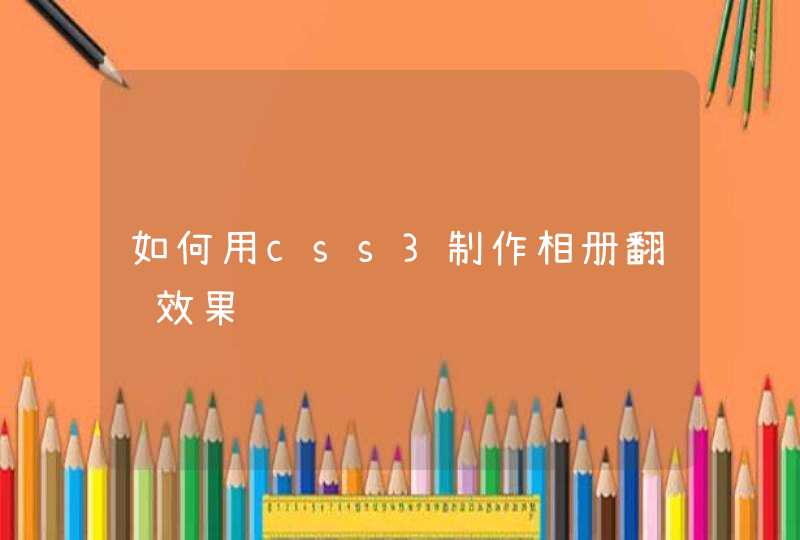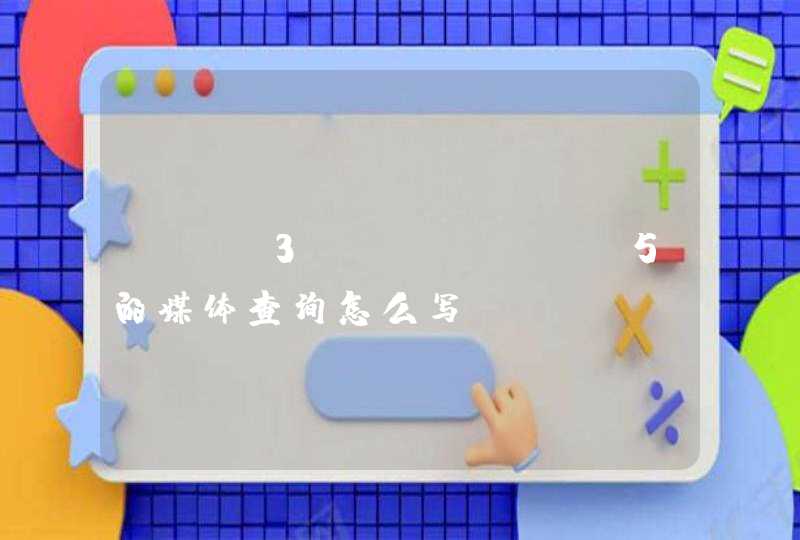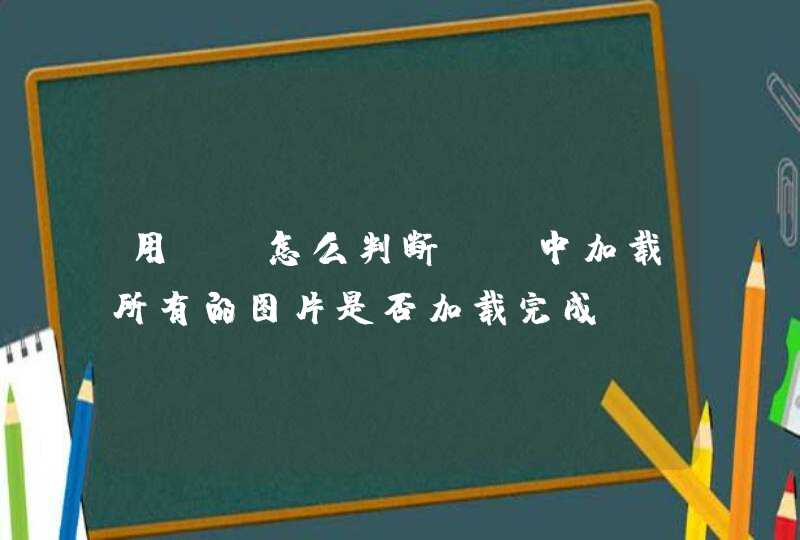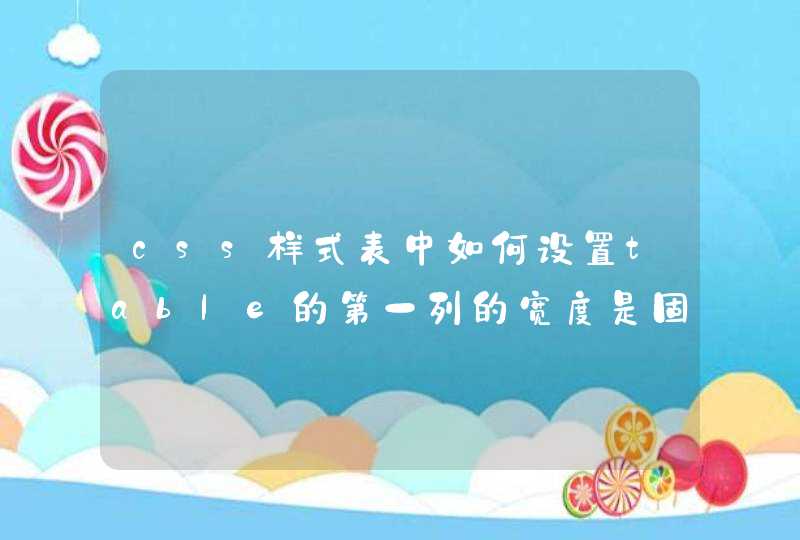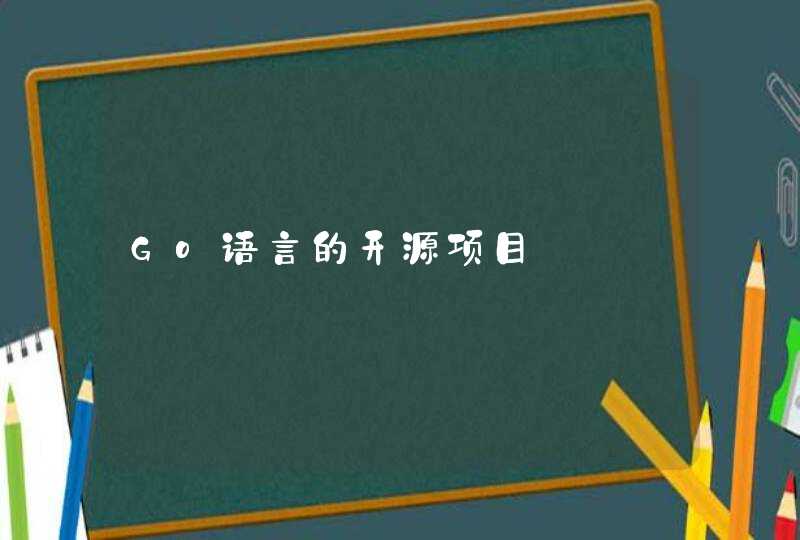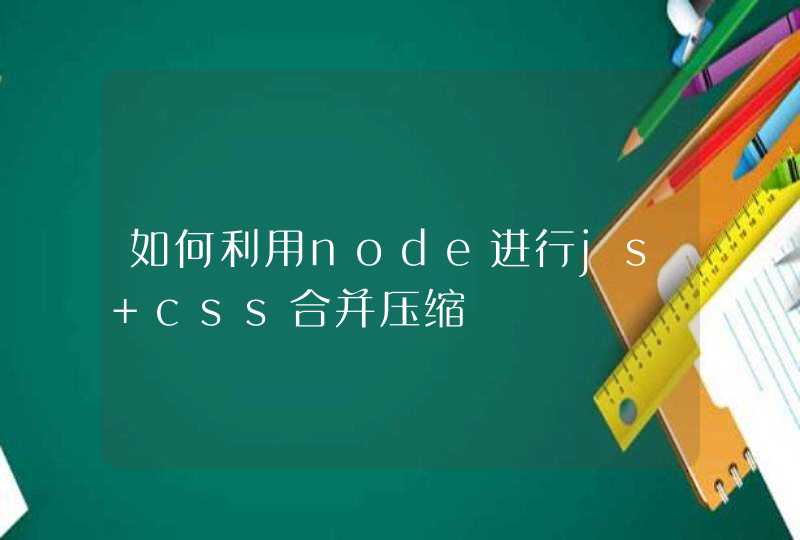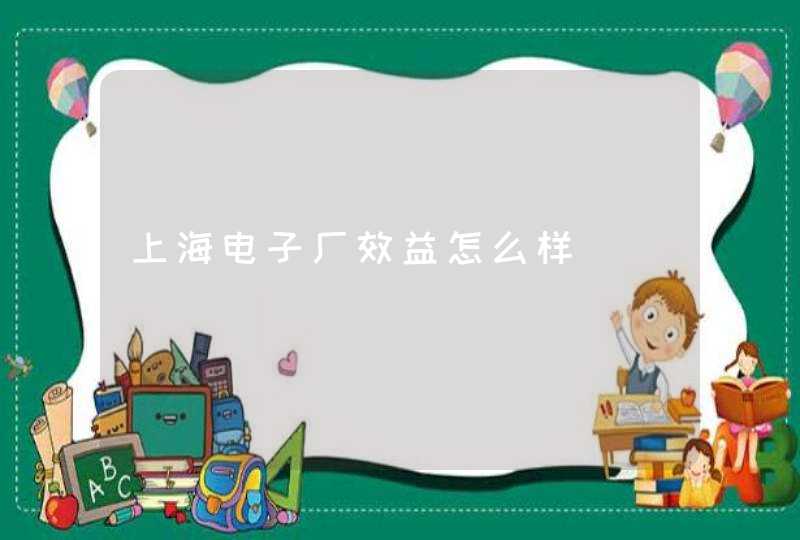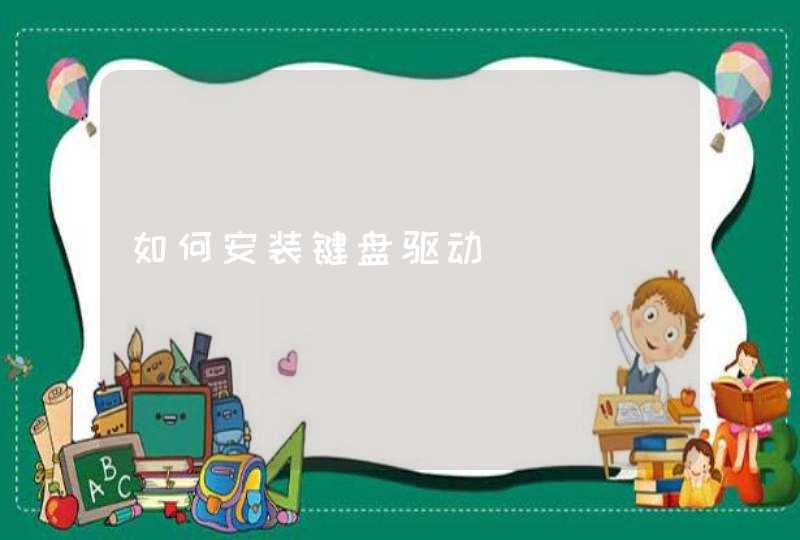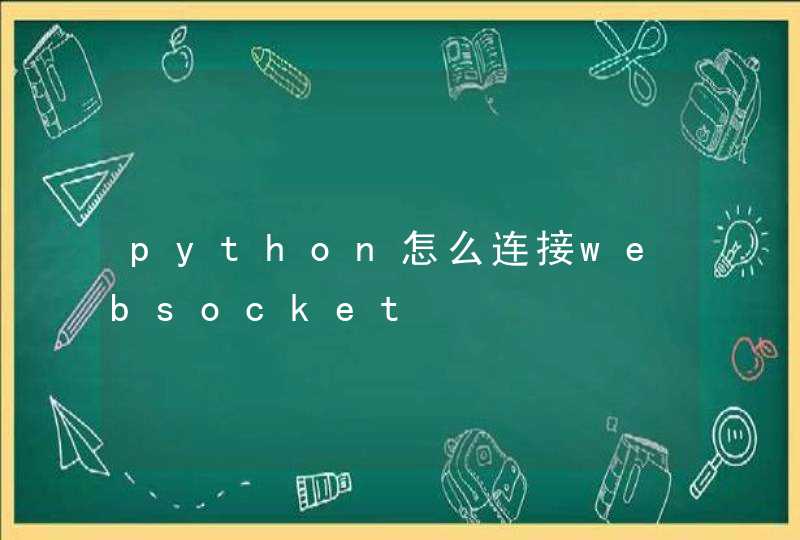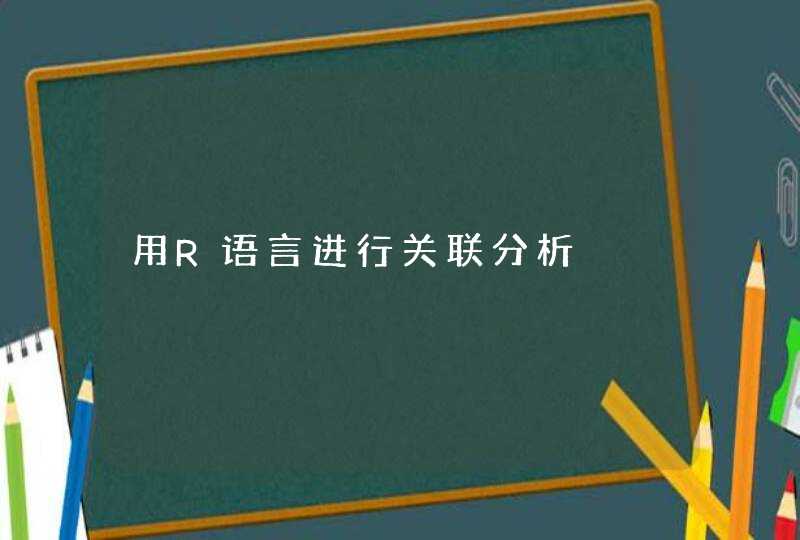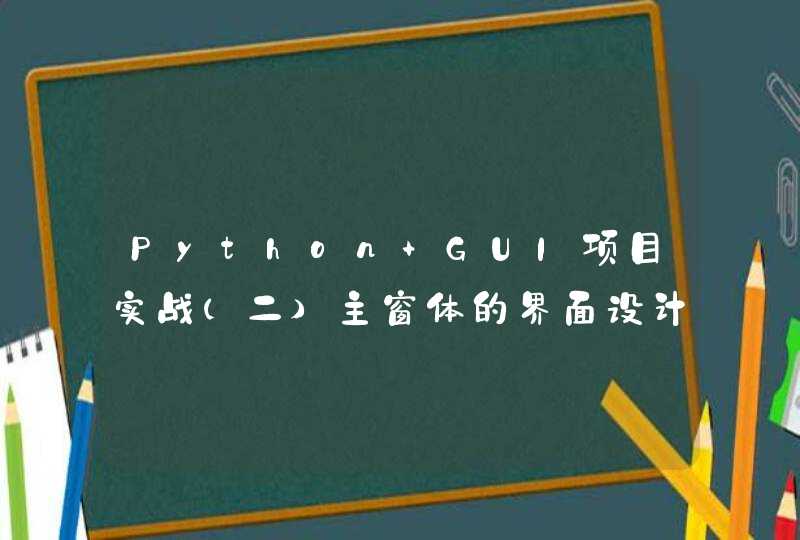
英语老师要怎么备课听说部分的内容,准备一个好的教案吧。下面是我整理的小学英语听说课教案,欢迎阅读。
小学英语听说课教案【1】
一、教学内容分析:
本节课的话题是围绕“提建议,同意与不同意”而展开的。
通过对本节课的学习,让学生能熟练地用英语向别人发出邀请或建议,并给出同意或不同意的应答。
二、教学目标分析
(一)语言知识目标: 掌握提建议,同意和不同意回答的基本句型:
Ask for suggestions: What shall we do? Where shall we go?
Making suggestions: Couldn’t we go somewhere outside Edinburgh?
What/How about going up into the Pentland Hills?
We could do a bit of climbing.
Why don’t we go for a long walk?
Let’s find out about the coach times.
Agreeing: That’s not a bad idea! That’s a good idea!
Disagreeing: I don’t know. I’m not very keen on climbing.
Walking’s not really my thing, either.
No way!
(二)语言技能目标:
在听力过程中培养学生进行预测,获取信息进行问答,做笔记记录信息对信息进行处理的能力。
同时,在说的方面培养学生良好的语感,正确的语音语调,进行问答,复述的语言表达能力。
(三)情感目标:
积极参加有意义的户外集体活动对青少年的身心发展很有帮助。
在活动中发展友谊,互相帮助。
三、教学重点、难点分析
教学重点:
1. 在听力过程中培养学生进行预测,获取信息进行问答,做笔记记录信息对信息进行处理的能力。
2. 在说的方面培养学生良好的语感,正确的语音语调,进行问答,复述的语言表达能力。
教学难点:
1. 在教学过程中如何更好地创设场景,让学生有话可说,乐于表达。
2. 在听的过程中如何指导学生更快地记录更多的有效信息。
四、教学过程设计
Step 1:Pre-listening
Good morning, everyone! Tomorrow is Saturday. What shall we do and where shall we go? Where are you going? Let’s have a discussion.
Step 2:While-listening
Now class,we are going to listen to a text. Listen carefully and put the following sentences into the right order.
( )A. What about going up into the Pentland Hills?
( )B. Don’t forget we’ve got the dress rehearsal on Sunday evening.
( )C. Why don’t we go for a long walk?
( )D. What shall we do on Sunday?
( )E.I’m not very keen on climbing.
设计意图:
本节课中是提建议,这一练习可以降低学生对听力的焦虑程度,同时这也是任务型听力活动设计的一个重要环节。
(二)Listen a second time and fill in blanks according to the listening dialogue.
Zoe: What shall we do on Sunday, Jack?
Jack: I could________ . Couldn’t we go somewhere outside________ ?
Zoe: Like where? Don’t forget we’ve got the dress rehearsal on Sunday evening. They can’t do without us. We’ve both_______ .
Jack: I know, but the rehearsal’s not until six. What about going up into the Pentland Hills? I think they ______ there from the city centre. Perhaps we could_______ .
Lan: I don’t know. I’m not very keen ________.
Jack: Well, we don’t have to go climbing. Why don’t we______ ?
Kelly: Yes, that’s not a bad idea.
Lan: Walking’s not really my thing, either.
Zoe: Oh, come on! We could ____________ with us.
Jack: That’s a good idea! What about it, Lan?
Lan: No way! I’m going to catch up on some sleep.
Jack: Oh, all right. How about asking Sarah?
Zoe: No, her parents are _________ for the day.
Jack: OK, well, let’s find out about the coach times.
设计意图:
通过听录音,完成空格,让学生进一步理解对话。
Step3:Post- Listening
(一) Listen and try to answer the questions:
1、What are they talking about ?
2、What are they going to do on Sunday ?
3、Where are they going ?
设计意图:
指导学生在听的'过程中集中注意力,并进行记录。
(三)Listen and pay attention to pronunciation and intonation .
设计意图:
进行小组活动,学生分角色表演对话内容,让学生从模仿入手,在训练时要求学生学会利用相应的符号做好意群停顿,重音,升降调,以把握好朗读节奏,这样也有助于培养学生的自信,和加强一些重要句式结构的运用。
(三)Speaking ---Role Playing
T: Now we have learned about some great sentences about asking for and making suggestions and agreeing and disagreeing. Can you make your own conversations in groups? Ask your friends if they can do something with you.
这一活动通过运用所学的句子,回归到现实生活中邀请朋友参加某一活动,有礼貌的拒绝(说明原因)和接受。
Step 5:Summary &Homework
让同学总结本节课的收获,重新朗读重点句子,写出提建议,回答建议的基本句型。
作业:编一个生活小对话,使用提建议的方法句型。
设计意图: Summary使学生对这节课的内容有个整体的了解和巩固。
Homework课后的延续,以巩固所学的各项知识技能目标。
教学反思:
教师应该对教材进行科学合理的整合与取舍。
教师的课上训练形式要侧重于学生的交际能力培养。
笔头练习活动要与口头活动结合起来。
设计不同层次的活动与问题。
进行有针对性的教学.
小学英语听说课教案【2】
Listening and speaking class
I Teaching aims:
Knowledge aim:
Students can read and master the usage of the sentence structures “Yesterday we were happy. Today we are sad.”
Ability aim:
Through different kinds of teaching activities, students can improve their ability of listening and speaking.
Emotional aim:
After learning this class students will feel more confident when they speak English in daily life.
II Teaching key point and difficult point:
Key point: learn the meaning and usage of the sentence structures “Yesterday we were happy. Today we are sad.”
Difficult point: use these sentences correctly and fluently in daily communication.
III Teaching procedures:
Step 1 warming-up:
Greeting with students and listen a English song together named “If you happy and you know it”. During this section, students can do some actions according to the lyrics.
Step 2 pre-listening
After the song, ask students a question “Are you happy know?” Meanwhile, show a picture of smiled face. Then present new sentence on the blackboard “we are happy.” and ask students read the sentence several times.
Show another picture of cried face and ask questions “How about this one?”, then write the new word “sad” under the word “happy”.
Step 3 while-listening
Extensive listening
Listen to the tape for the first time. Ask students listen to the tape, and think about “what are they talking about?”
Intensive listening
Listen to the tape for the second time. Ask students pay more attention to detailed information and then answer following questions:
Q1: How did they feel yesterday?
Q2: How do they feel today?
Step 4 Post-listening
Task 1
After listening, ask students work in pairs to do a role play on the topic of what does he/she feel yesterday/ today? Give students 5 mins to make a preparation and then ask several groups give a performance in front of the class.
Task 2
Work in groups to do survey. Each member in one group should inquiry other members “How does he/she feel?” and make a chart. Then allow students to chose whose chart is the best one.
Step 5 Summary and homework
Review what students have learnt in the class, and ask students to inquiry their parents’ feelings by using these new expressions. Try to do one thing that can make their parents feel happy.
一、写课题(topic)和课型(type of lesson ) 1、课题相当于文章的标题 2、课型指该节课的讲授类型,英语的主要课型有:新授予课(new lesson)、巩固课(reinforcement)、复习课(revision)、听力课(listening)、阅读课(reading)、语法课(grammar)、写作课(writing)等等 二、写教学目标( objectives) 教学目标是教学的核心内容,是教师施教的准绳.教学目标要符合课程标准对教材的要求.由于教学目标要在课堂上展示给学生,让学生明确,所以写教学目标时,要力求简明扼要,浅显易懂,便于操作和检测,一般三到四个目标为宜. 三、写教学的重点(main points),难点(difficult points) 教学重点是课堂教学的主要任务 教学难点是师生顺利完成教学任务的障碍,关键要找到攻克教学难点的突破口,在教案中写清一节课的教学重点、难点和关键点,能提醒老师在讲课时注意:突出重点、突破难点、抓住关键. 四、写教具(teaching aids) 课堂上需要什么教具要写清楚,如多媒体、录音机、教材录音、练习题、图片等.vedios,flashcards 五、写教学过程( procedures) 教学过程是教案的主要部分,主要写以下几方面的内容:1、写教学环节,即教学任务.2、写知识点和所用时间.3、写教师活动.“教什么”、“怎样教”,即写清楚要教的内容和方法,写出使用教具的时机和方法,写板书内容等.4、写学生活动. 六、写课堂训练题(exercises) 备课时精心设计的有针对性的随堂练习题要写在教案中.写清出示这些题的办法,如用ppt、黑板、学生学案、补充材料或学生课本等. 七、写课堂小结(summing-up) 课堂小结是教师帮助学生回顾和总结本节课的学习内容的重要环节.小结的方式和方法要在教案中写清楚,不论是教师引导学生总结,还是由教师归纳总结,都要注意把本节课的内容纳入知识系统之中,使学生在整体上把握知识. 八、写板书设计(blackboard designs) 板书是有声有色的教学语言,它具有直观性、形象性和启发性.因此,教师要课堂上要有计划地使用黑板,板书什么内容、写在什么位置,用什么颜色的粉笔等要在备课时设计好,并写在教案中. 补充:备课前必须回答的问题:1、学生的已知是什么.2、本节课学生将要学会什么.3、学生学完后能做哪些以前不会做或做不好的事.
具体的范文模板
链接:https://pan.baidu.com/s/19WJHLvfBtoMH1mSISLzkvQ
?pwd=tg7g 提取码: tg7g英语是按照分布面积而言最流行的语言,但母语者数量是世界第三,仅次于汉语、西班牙语。它是学习最广泛的第二语言,是近60个主权国家的官方语言或官方语言之一。下面是由我为大家整理的六年级上册英语第一单元知识,仅供参考,欢迎大家阅读。
六年级上册英语第一单元知识1
主要单词
地点:
science museum(科学博物馆)
post office(邮局)
bookstores(书店)
cinema(电影院)
hospital(医院)
restaurant(餐馆)
crossing(十字路口)
street(街道)
方向:
left(左)
right(右)
其他:
science(科学)
turn(转弯)
straight(笔直地)
ask(问)
sir(先生)对男子的礼貌称呼
interesting(有趣的)
Italian(意大利的)
pizza(比萨饼)
get(到达)
GPS(全球(卫星)定位系统)
feature(特点)
gave(give的过去式)(提供;交给) follow(跟着)
far(较远的)
tell(告诉)
六年级上册英语第一单元知识2
习惯搭配
post office邮局
science museum科学博物馆
pet hospital宠物医院
Italian restaurant意大利餐馆
Beihai Park北海公园
Palace Museum故宫博物院
go straight直走
turn right/left右/左转
next to挨着
in front of...在...前面
near the park在公园附近
on Dongfang Street在东方大街上
惯用表达
1. I don’t know.我不知道。
2. Follow me, please!请跟着我!
3. Excuse me.对不起,打扰一下。
4. Let’s go!我们走吧!
重点句型
1.
询问某地在哪:
Where is + 地名?
It’s + 方位词 + 其他.
如:
Where is the post office?
It’s near the school.
2. 询问如何到达某地:
How can I get to + 地名?
例1:
How can I get to the school?
Go straight and turn left.
例2:
How can I get to the park?
Turn right. The park is in front of the cinema.
六年级上册英语第一单元知识3
重点 作文
主题写作:
介绍去某地的路线
模板:
1、交代目的地的位置及距离
The … is near/next to …
It is (not) far from …
2、说明可以采取的交通方式
You can go on foot /by bus /by bike…
3、说明路线
Go straight.Turn left / right at…
范文
How to Get to the Science Museum
We are going to the science museum tomorrow.The science museum is next to the hospital.It’s not far from our school.So we can go there on foot.First,go straight from our school.Next,turn left at the post office and walk for about five minutes.Then turn right at the bookstore.We can find the hospital on the right.Walk straight,and we’ll see the science museum.
六年级上册英语第一单元知识点相关 文章 :
★ (PEP)小学六年级英语上册知识汇总
★ 六年级上册英语的知识点
★ 人教版六年级上册英语第一单元教案(2)
★ 六年级英语上册第六单元知识点总结
★ 六年级上册英语第一单元预习方法有哪些
★ 新人教版六年级英语知识点总结
★ 六年级人教版上册英语重点知识点
★ 新人教版六年级上册英语复习资料
★ 英语六年级上册知识点人教版
★ 小学六年级英语上册知识点
